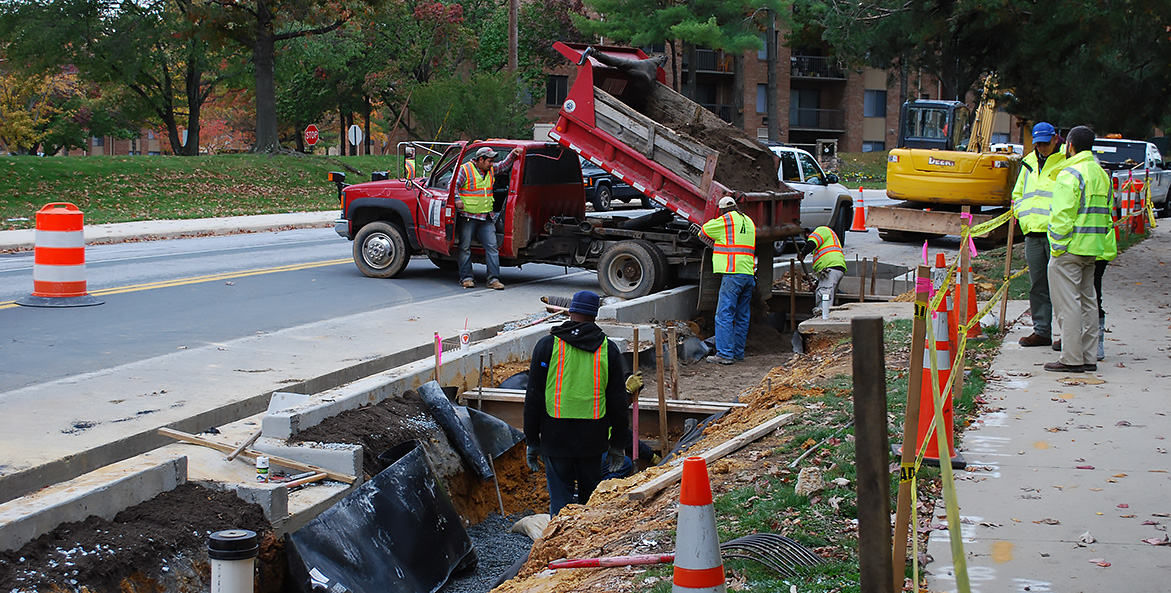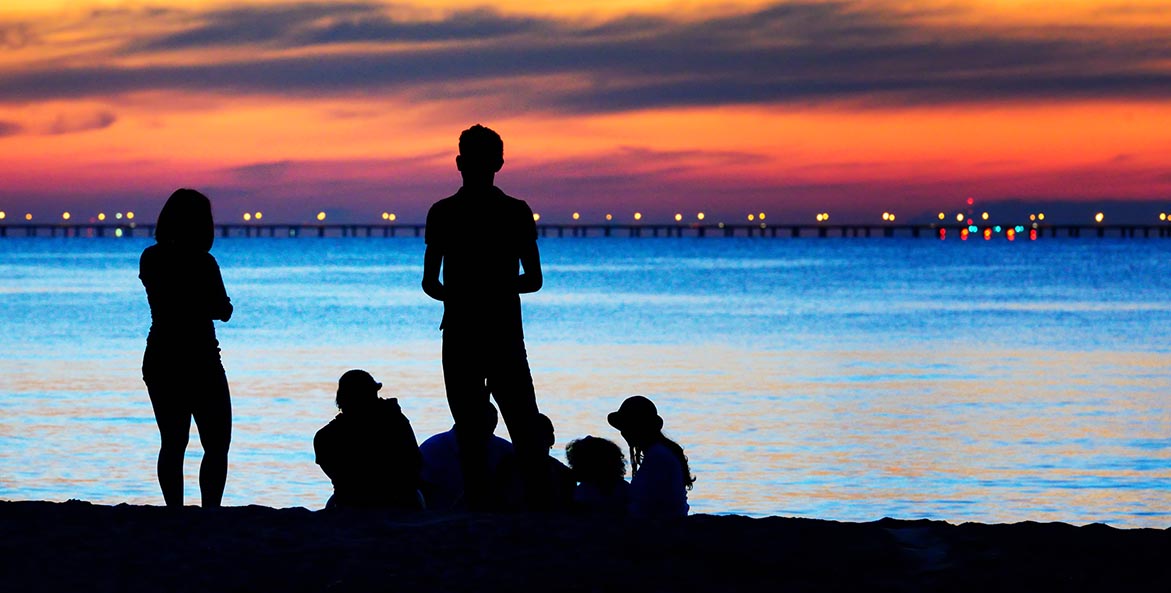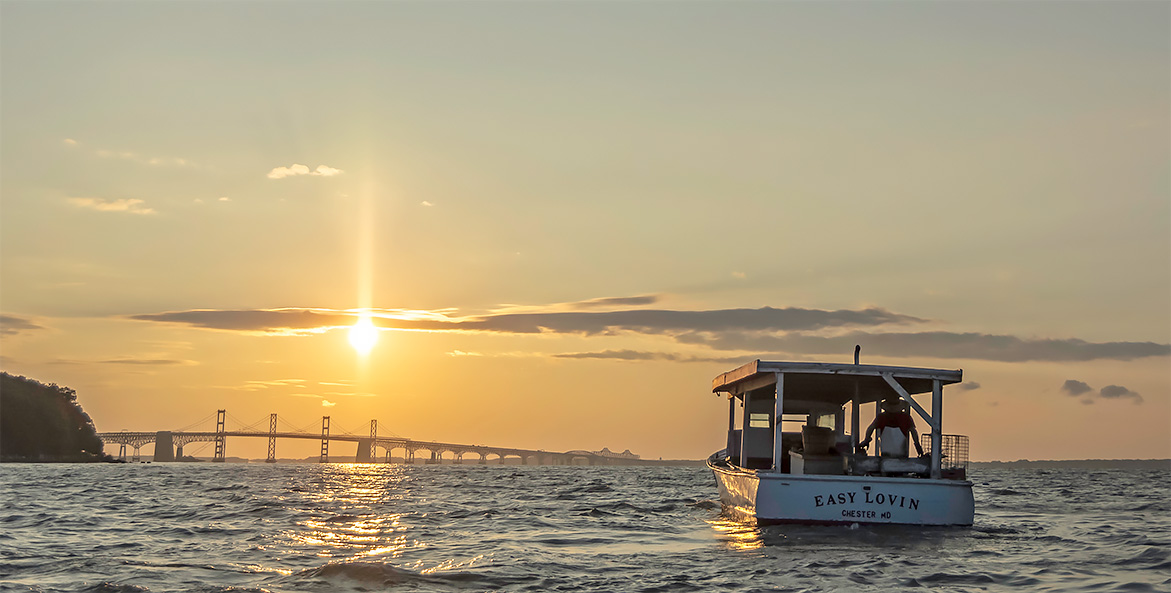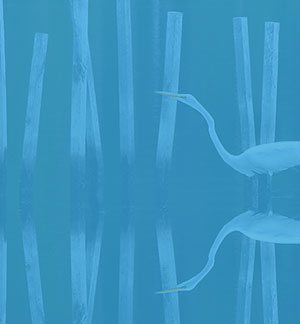A degraded environment has dramatic and harmful effects on health, education, gender equality, and economic development.
The numbers speak for themselves:
- The forests found in the Chesapeake Bay Watershed protect and filter drinking water for 75 percent of the watershed’s residents—that’s nearly 13 million people (Chesapeake Bay Program);
- The commercial seafood industry in Maryland and Virginia combined equals $2.8 billion in sales, $490 million in income, and nearly 20,000 jobs to the local economy per year (NOAA);
- Health departments across the watershed continue to caution people to stay out of the Bay after a heavy rain in order to avoid harmful bacteria and pollution (Maryland and Virginia departments of health and environment);
- Fully funding the farm pollution-reduction practices needed to restore the Chesapeake Bay would inject $655 million annually into the region’s economy, including $269 million per year in higher earnings for businesses and workers.
- Millions find inspiration, rejuvenation, and solace in the Chesapeake’s waters.
In 2022, the State of the Bay score remained unchanged at 32, a D+. Far too much pollution still reaches our waterways threatening our health, economy, and way of life. States are not on track to reduce pollution fast enough to improve and sustain water quality over the long term. Further progress requires meaningfully addressing agricultural pollution, especially in Pennsylvania, and growing pollution from urban and suburban development. At the same time, the job of saving the Bay is getting harder. The fingerprints of climate change are undeniable. In just one example, sea level rise threatens almost 250,000 acres of tidal wetlands and coastal lands across the region.
The wealth of the nation is its air, water, soil, forests, minerals, rivers, lakes, oceans, scenic beauty, wildlife habitats, and biodiversity . . . that’s all there is. That’s the whole economy. That’s where all the economic activity and jobs come from. These biological systems are the sustaining wealth of the world.
Why Is Restoring the Bay Critical to a Healthy Economy?
The protection and restoration of the Chesapeake Bay and its streams and rivers are essential to a healthy and vibrant economy. The Bay provides countless opportunities and dollars in regards to its fishing, tourism, real estate, and shipping industries.
Furthermore, working to restore this vital resource helps spur job growth and protect the countless livelihoods that depend on the Bay watershed's health. Quite simply, failure to save the Bay threatens the Bay's value as an economic driver. Conversely, investing in clean-water technologies creates jobs, generates economic activity, and saves money in the long run.

Construction workers in Montgomery County, Maryland, build stormwater control devices that will look like roadside gardens.
Tom Pelton/CBF Staff
How Does Clean Water Create Jobs?
It's becoming more and more apparent that working to restore the Bay actually creates jobs and supports livelihoods rather than hinders the region’s economic growth as many would have you believe:
- A 2022 CBF report, Agricultural Conservation Practices: Clean Water and Climate Smart Investments, found that fully funding the farm pollution-reduction practices needed to restore the Chesapeake Bay would inject $655 million annually into the region’s economy, including $269 million per year in higher earnings for businesses and workers.
- The U.S. Environmental Protection Agency (EPA)'s annual costs for clean air and water regulations from October 1, 1999, to September 30, 2009, ranged from $26 to $29 billion, while benefits ranged from $82 to $533 billion (World Resources Institute);
- Approximately, 20,000 construction jobs are created by each $1 billion invested on water and wastewater projects (Clean Water Council);
- Every $1 of state/federal funding invested in agricultural best management practices would generate $1.56 in economic activity in Virginia (University of Virginia study);
- The federal Clean Water Act alone spurs construction projects that are worth at least $11 billion per year to the national economy (EPA);
- In 2019, the U.S. environmental industry was estimated at $354 billion. (Environmental Business International).
How Does the Seafood Industry Depend on a Healthy Bay?
Five-hundred million pounds of seafood are harvested each year from the Chesapeake Bay supporting the region's livelihoods and ways of life. In fact, the 2009 Fisheries Economics of the U.S. report by the National Oceanic and Atmospheric Administration (NOAA) indicates that the commercial seafood industry in Maryland and Virginia contributed $3.39 billion in sales, $890 million in income, and almost 34,000 jobs to the local economy.
- Oysters: The Chesapeake is one of very few places left in the world where an industry exists based on harvesting oysters from the wild. Over the last four decades, Maryland and Virginia have suffered more than $4 billion in cumulative annual losses because of the decline of industries related to oyster harvesting. Likewise, harvests have fallen to a fraction of historic levels. Rebuilding oyster populations would stimulate economic growth.
But there is hope on the horizon. A 2020 economic analysis found that oyster aquaculture operations in Maryland contribute an average of $9 million per year to the state’s economy and the industry has grown by about 24 percent per year since 2012.
Here at the Chesapeake Bay Foundation, we’re working with dedicated volunteers in Virginia and Maryland to grow oysters and add them on sanctuary reefs through our landmark oyster gardening program. Our oyster centers process millions of seed oysters, and our specialized vessels distribute them across the Bay's tributaries. We collect thousands of bushels of recycled oyster shells and turn them into habitat for millions of oysters through our Save Oyster Shells recycling program each year. We’re working with partners to add 10 billion habitat-growing, water-filtering oysters to the Bay by 2025. Will you help with critical efforts like these by making a donation? Give today. - Blue Crabs: Just like the oyster, the blue crab is critical to the Chesapeake's culture and economy. Chesapeake Bay watermen supply as much as a third of the nation's blue crabs each year. The average commercial harvest Bay-wide between 2012 and 2022 was more than 47million pounds each year! (2023 Blue Crab Advisory Report) In 2022, the dockside value of the blue crab harvest in Maryland was approximately $31 million, down from $50 million in 2008.
- Striped Bass (a.k.a. Rockfish): Striped bass remain the most popular commercial and recreational finfish in the Bay, generating roughly $500 million in economic activity related to fishing expenditures, travel, lodging, and so on each year ("The Economics of Recreational and Commercial Striped Bass Fishing").
Why Is the Bay Important to Tourism and Nature-Based Recreation Industries?
The availability of a variety of safe and pleasant landscapes—such as clean water and healthy shorelines—encourages ecotourism, outdoor sports, fishing, wildlife watching, etc. The facts speak for themselves:
- According to the Pennsylvania Fish and Boat Commission (PFBC), nearly two million people go fishing in Pennsylvania each year, contributing more than $1.6 billion to the economy;
- Roughly $2.03 billion and 32,025 jobs are generated each year in Maryland due to its recreational boating industry (Economic Impact of Maryland Boating in 2007 report);
- Pennsylvanians spend $1.7 billion on boating annually (PFBC);
- The average expenditure per recreational boater each year is $274 (PFBC);
- A 2001 study compared the 1996 water quality of the Bay with what it would have been without the Clean Water Act. Results indicated that benefits of water-quality improvements to annual recreational boating, fishing, and swimming ranged from $357.9 million to $1.8 billion ("Benefits of Water Quality Policies: The Chesapeake Bay");
- Roughly eight million wildlife watchers spent $636 million, $960 million, and $1.4 billion in Maryland, Virginia, and Pennsylvania, respectively, on trip-related expenses and equipment in 2006 (U.S. Department of the Interior, Fish and Wildlife Service, and U.S. Department of Commerce);
- Americans take more than 900 million trips to coastal areas annually and spend approximately $44 billion during these trips (EPA).
How Do Clean Waterways Increase Property Values?
- An EPA study indicated that clean water can increase the value of a single family home 4,000 feet or closer to the shoreline by up to 25 percent;
- A 2000 study concluded that improvements in water quality along Maryland's western shore to levels that meet state bacteria standards could raise property values by six percent (Journal of Environmental Economics and Management);
- The City of Philadelphia estimates that green stormwater infrastructure in the city will raise property values for homes near green spaces (Philadelphia Water Department).

Nature renews us, and a healthy Bay and watershed have a positive impact on our quality of life.
William Thomas
Why Is Restoring the Bay Important to Human Health?
Our environment and our health are intrinsically linked. Dirty waters are not only unhealthy for the fish, oysters, and crabs that live in them, they are unhealthy for the people who fish, swim, boat, and drink them. The restoration of the Chesapeake Bay and its rivers and streams is vital to the protection of our human health.
Our Drinking Water Depends on a Healthy Watershed
Polluted runoff not only causes low oxygen "dead zones" in the Chesapeake, which suffocate marine life such as crabs, oysters, and fish, it can also contaminate private drinking wells. In fact, recent studies found that between 21 and 60 percent of wells tested in Pennsylvania's lower Susquehanna River Basin had nitrate levels exceeding public drinking water standards. Drinking water with too much nitrates can raise the risk of cancer, nervous system deformities in infants, hemorrhaging of the spleen, and other problems.
Forest loss in the Chesapeake region also poses substantial risks to clean drinking water. According to the Chesapeake Bay Program, the forests in the watershed protect and filter drinking water for 75 percent of watershed residents—13 million people—but we are losing our forests to development.
Our Food Depends on a Healthy Watershed
The Bay produces about 500 million pounds of seafood per year. And yet that food source is often put at risk. In the Chesapeake region, governments have issued statewide fish-consumption advisories for mercury for all lakes and rivers in Pennsylvania and Maryland, and for many rivers in Virginia. This heavy metal, often released by the burning of coal, pollutes waterways, taints fish, and can potentially damage human intelligence. Shellfish beds also can be polluted by runoff from the land. Oyster and clam beds often are closed to harvest because the meat is too high in bacteria. This problem could get worse as the water warms from climate change.
Our Air Depends on a Healthy Watershed
Coal-fired power plants pose substantial human health risks, such as illnesses, premature deaths, health-related costs, and so on. In the U.S., an estimated 20,000 heart attacks and 13,200 premature deaths per year are caused by fine particle pollution from coal-fired power plants. Living downwind of a power plant or industrial plant can be like living with a smoker, causing asthma and other lung conditions, according to a report commissioned by CBF. The annual cost of these illnesses and deaths has been estimated between $62 billion and $100 billion, with the toll falling heaviest on children and elderly. Air pollution, primarily from power plants, is also the main source of the mercury that contaminates fish.
Our Way of Life Depends on a Healthy Watershed
The combination of warmer waters, nutrient pollution, animal waste, and sewage contribute to the growth of harmful bacteria in our waters such as Vibrio (a bacteria that can cause life-threatening skin and blood infections and intestinal illnesses), Cyanobacteria (a blue green algae that can cause liver disease, skin rashes, nausea, and vomiting), and Cryptosporidium (a protozoan that can cause gastro-intestinal illness). Nutrient pollution is caused by an excess of nitrogen and phosphorous from many sources, including stormwater runoff from streets, farm fields, barnyards, and lawns; discharges from sewage treatment plants, septic tanks, and industries; and air pollution from power plants, factories, and vehicles. This pollution affects our way of life. In Maryland, residents are cautioned not to swim in the Bay or its tributaries for 48 hours after a significant storm because the water likely will be high in bacteria from polluted runoff.
The Cost of Polluted Water to Our Health
According to the Journal of Environmental Management, clearly polluted waters can lead to substantial medical costs and lost wages in addition to poor health, such as:
- $37 (due to lost wages and medical care) for each gastrointestinal illness caused by exposure to polluted recreational marine waters;
- $38 (due to lost wages and medical care) for each ear ailment caused by exposure to polluted recreational marine waters;
- And $27 (due to lost wages and medical care) for each eye ailment caused by exposure to polluted recreational marine waters.
Unless otherwise noted, data comes from CBF’s 2014 report The Economic Benefits of Cleaning Up the Chesapeake.



